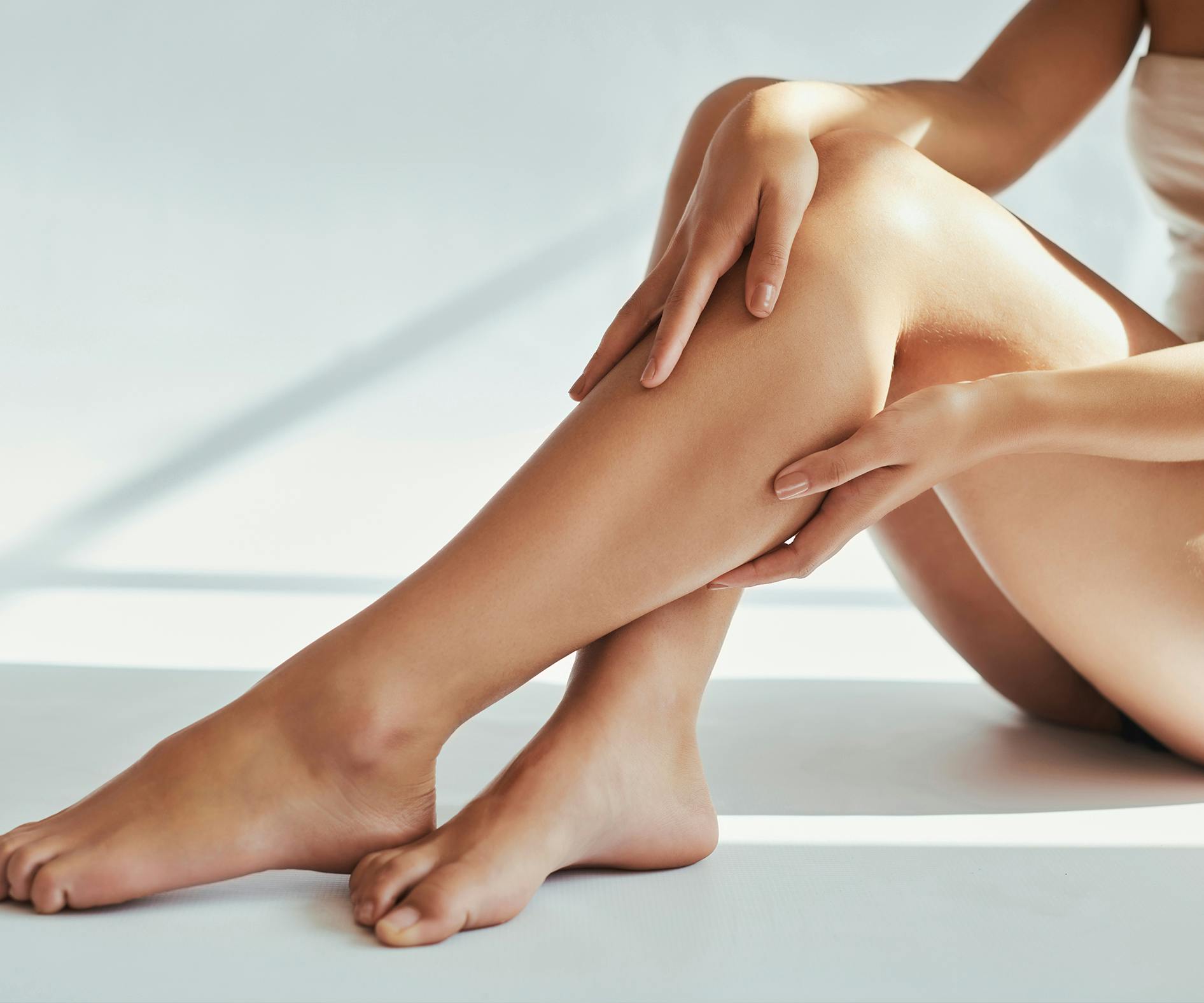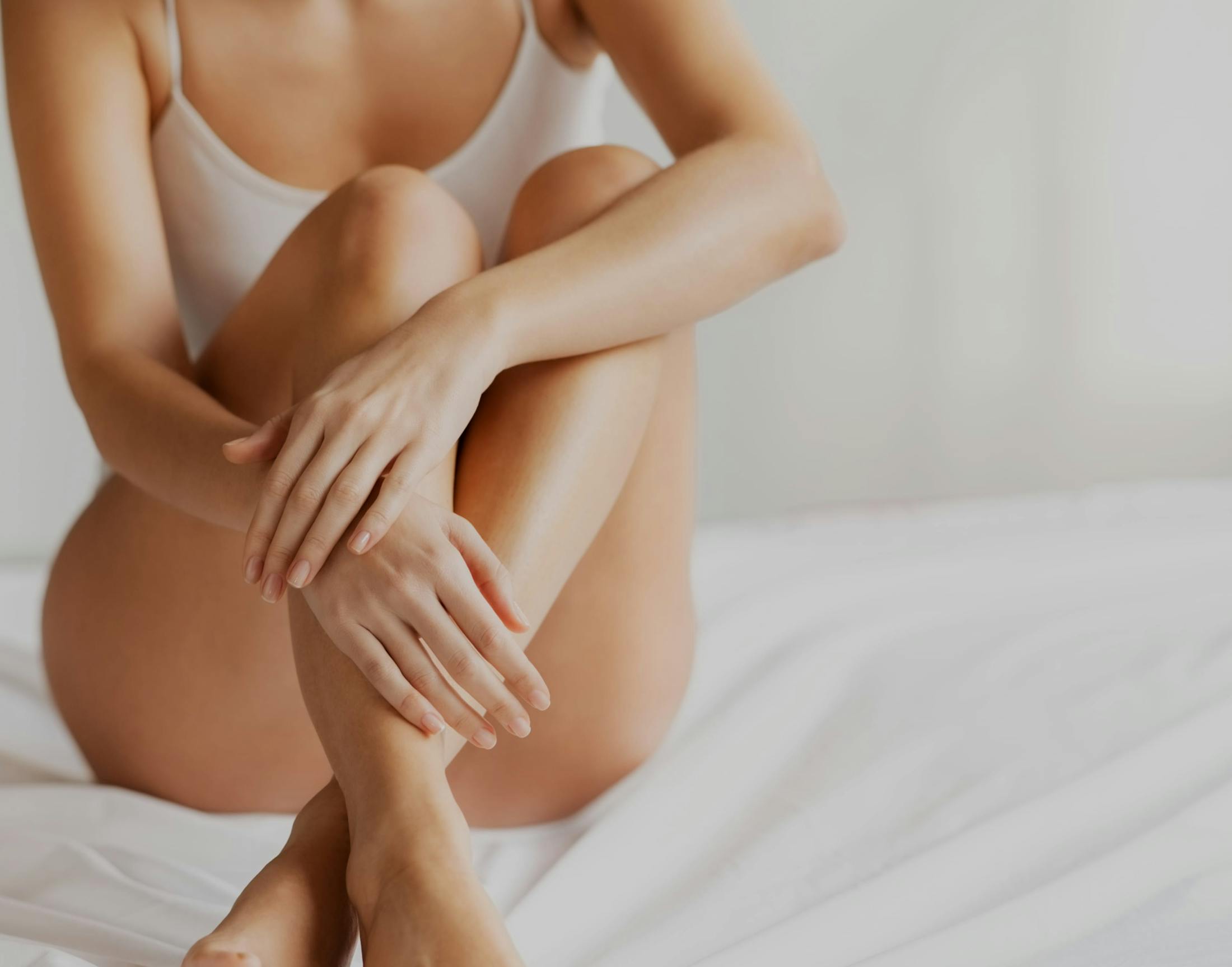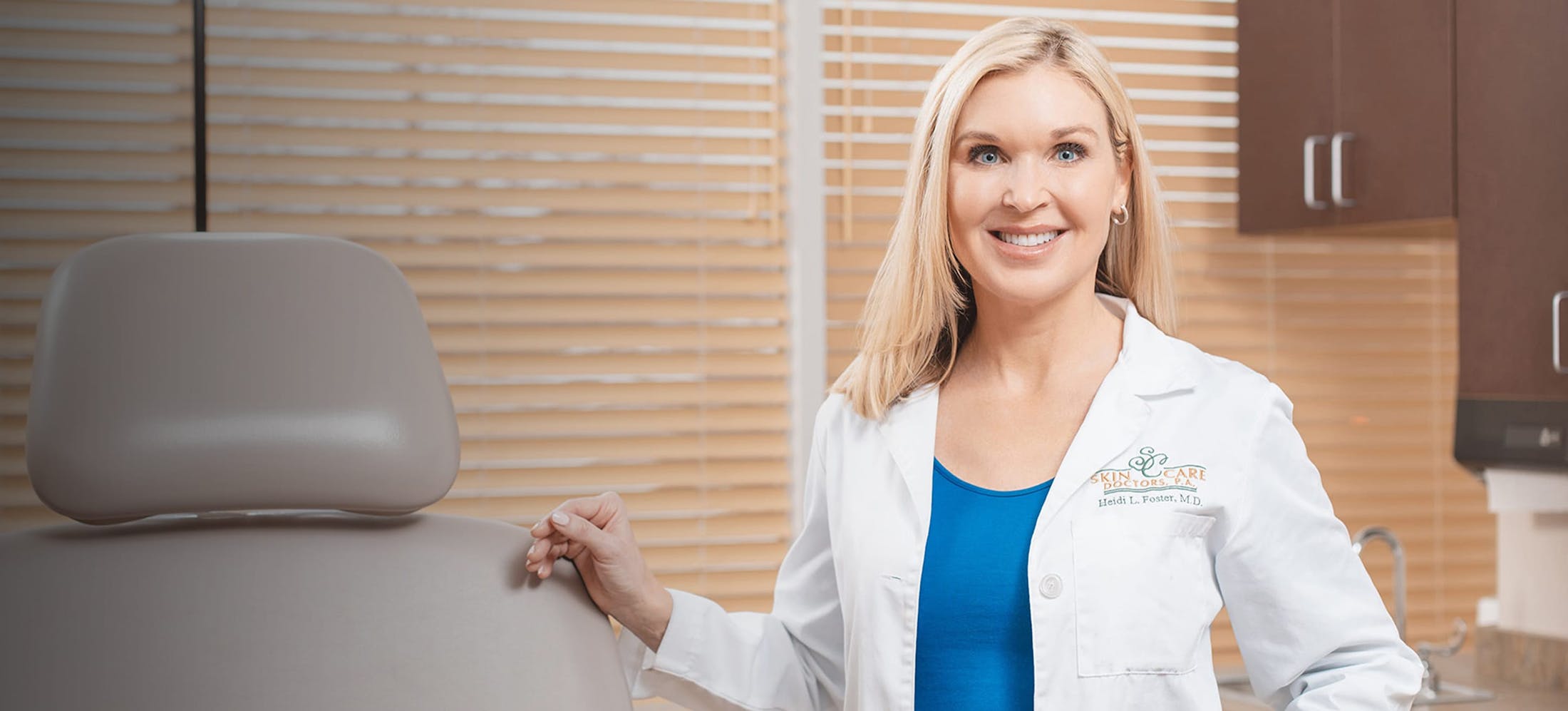If you have dark, bulging, itchy, unsightly, or uncomfortable veins on your legs, our medical providers at Skin Care Doctors can prescribe a treatment that will improve the circulation in your legs.
Why Leg Veins Appear
Both varicose and spider veins develop when the valves within the veins weaken. Healthy valves push blood back to the heart in a single direction. However, when the valves weaken, some of the blood can flow backward and accumulate, causing the vein walls to weaken and bulge from the continual pressure. Although usually just a cosmetic concern, severe leg veins have a risk of causing discomfort, aching pain, or blood clots if left untreated.




